



My extensive experience with various brands and models led me to conclude that these compact cleaning devices can deliver exceptional results, provided you choose the right one. Many individuals underestimate their cleaning power, often associating them with less effectiveness compared to their heavier counterparts. However, I assure you, they can tackle a wide range of tasks, significantly simplifying your cleaning routine.
In testing numerous models, I found that the best options combine portability with enough force to handle stubborn dirt and grime. Devices boasting a pressure output of around 1500 to 2000 PSI can efficiently clean vehicles, patios, and outdoor furniture without the risk of damage. I recommend models featuring adjustable nozzles and hose lengths, as they contribute greatly to versatility and ease of use.
For those who prioritise convenience, battery-operated variations have shown impressive results, particularly in residential settings. They allow for quick clean-ups without the hassle of cords, making them a practical choice for light to moderate cleaning tasks. The key is to select a model with a robust battery life to ensure it meets your needs without interruption.
Ultimately, investing in a well-reviewed and tested compact cleaning device will enhance your cleaning capabilities. Whether you need to maintain your home or tackle outdoor projects, these handy tools can significantly improve efficiency and effectiveness.
Performance Insights on Compact Cleaning Equipment
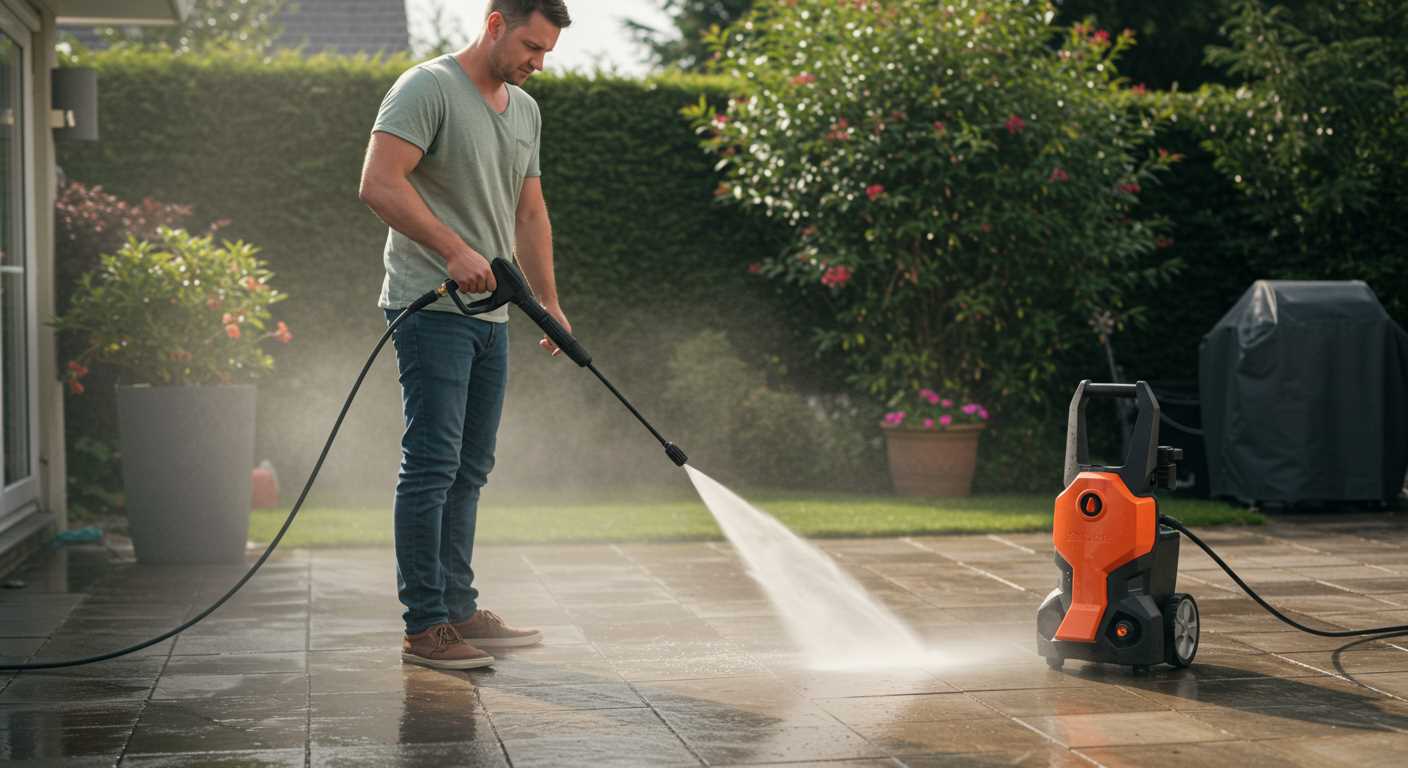
Opt for models exceeding 1500 PSI for a robust cleansing experience. This ensures the ability to tackle tough stains while remaining manageable. Brands like Kärcher and Sun Joe consistently receive accolades for their reliability and cleaning power in compact designs.
Check the flow rate, ideally between 1.5 to 2.0 GPM. This balances water consumption with cleaning efficacy, allowing for quick projects without excess water usage. Furthermore, lightweight versions are excellent for manoeuvring around properties, making tasks less strenuous. Battery-operated units offer unmatched portability, granting access to areas without needing power outlets, yet ensure they maintain adequate pressure for effective dirt removal.
Accessories and Versatility
Investing in various nozzles enhances versatility. A rotating nozzle eliminates the need for extensive scrubbing, while a soap dispenser attachment simplifies tougher jobs. Many models also support multiple applications–whether cleaning vehicles or patios, adaptability is crucial. Look for units with wheels for easy transport and storage; this adds to the convenience of owning such a device.
Maintenance and Longevity
Regular upkeep is key for longevity. Clean filters and hoses after each use to prevent clogs and maintain performance. Opt for models with easy access to components for maintenance tasks, making ownership hassle-free. Many units now come with features like auto shut-off, which conserves energy and extends the lifespan of the machinery.
Comparing Pressure Levels of Portable Models
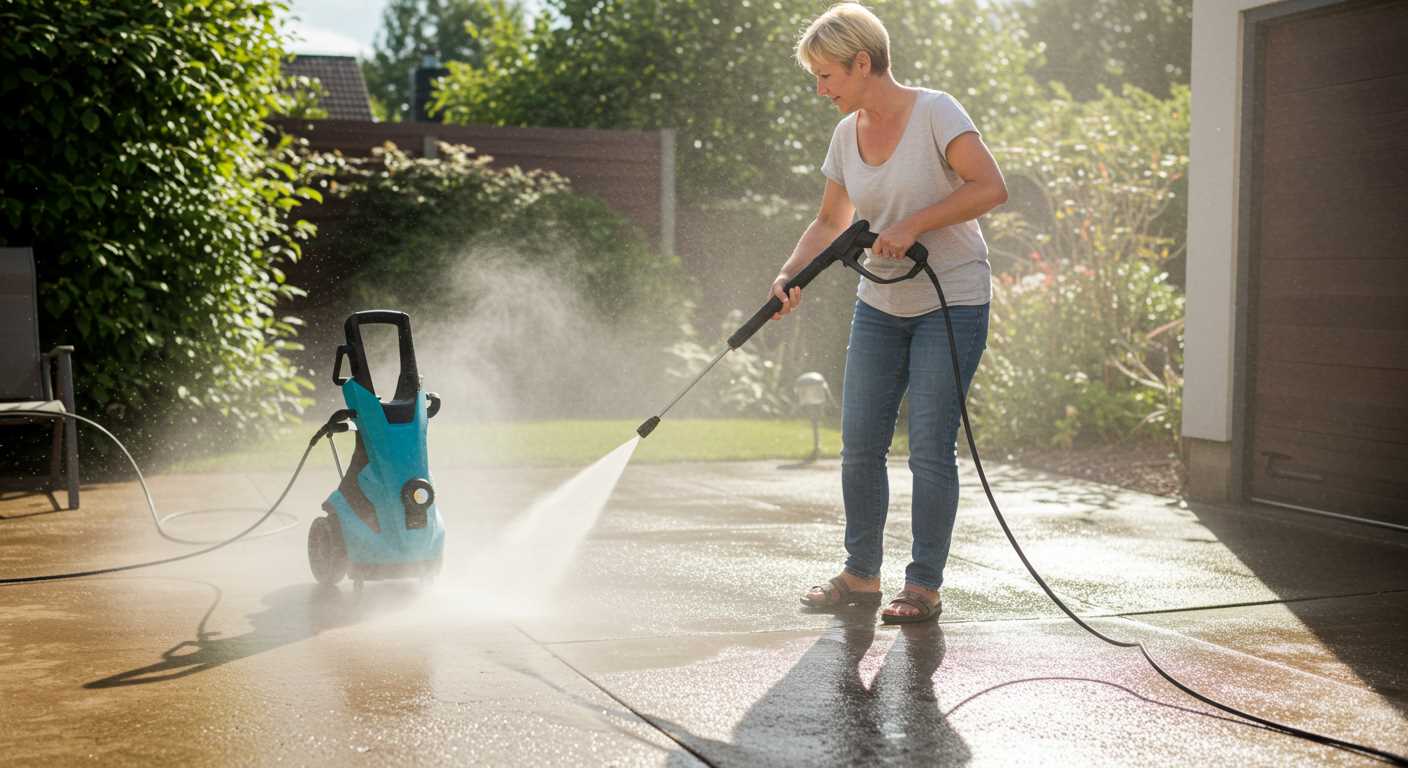
For effective cleaning, selecting the right model with appropriate force is key. I’ve assessed various units, noting pressures ranging from 20 bar to 140 bar, each serving specific tasks.
Understanding Pressure Ratings
.jpg)
In my experience, lower ratings around 20-50 bar are suitable for lighter tasks. These include cleaning bicycles, garden furniture, or delicate surfaces. For moderate jobs, a range of 60-90 bar can tackle patios, cars, and outdoor fixtures effectively.
High Pressure Options
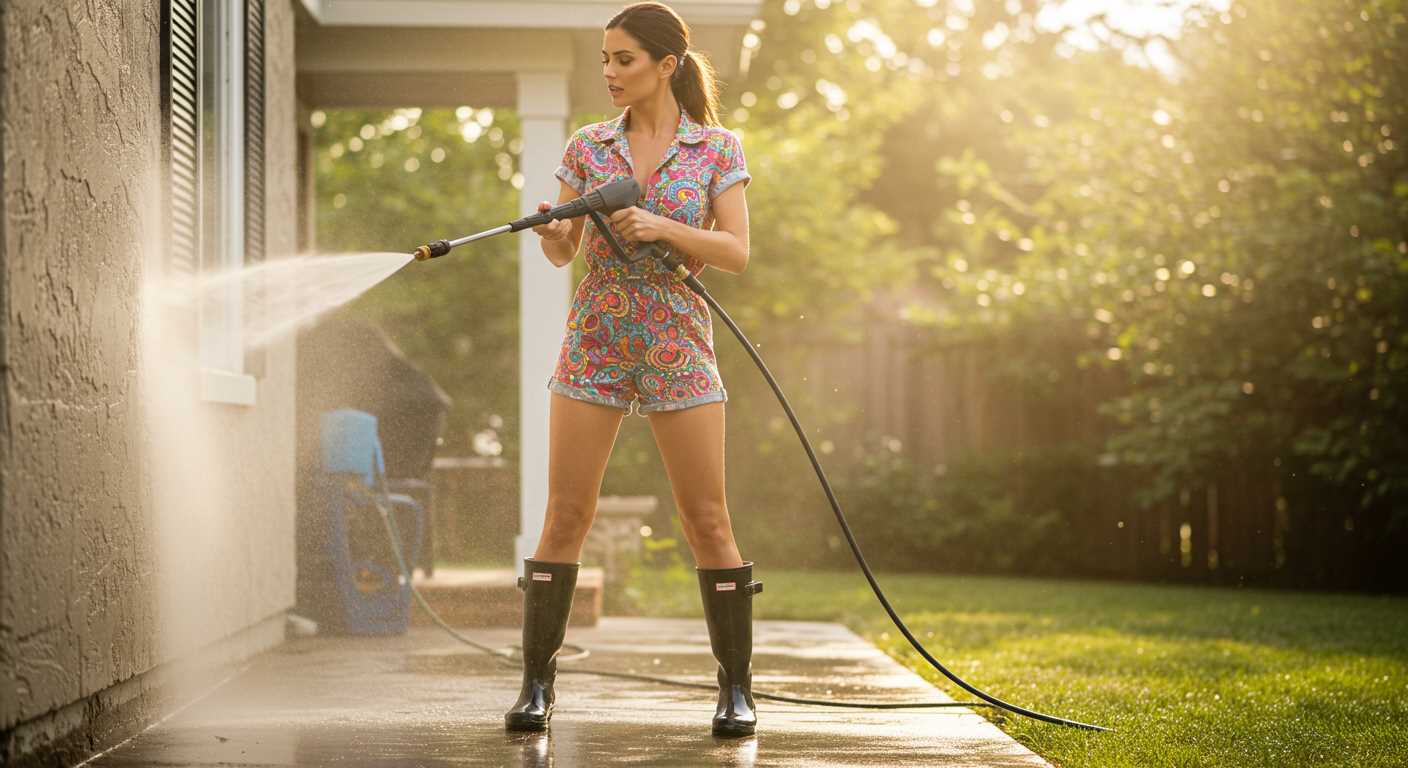
Units boasting upwards of 100 bar excel in heavy-duty situations such as grime removal from driveways and deep-cleaning surfaces. Investigating the PSI (pounds per square inch) is crucial, as many high-performance models exceed 1500 PSI, ideal for more demanding applications.
| Pressure Level (bar) | Recommended Use |
|---|---|
| 20-50 | Light cleaning (bicycles, delicate surfaces) |
| 60-90 | Moderate cleaning (cars, patios) |
| 100+ | Heavy-duty cleaning (driveways, deep grime) |
Test different force outputs based on your tasks to ensure optimal results. The choice of model should reflect not only the pressure but also your specific cleaning needs. Always consider how often and what surfaces require maintenance to make a well-informed selection.
Ease of Use: Setup and Operation Insights
For anyone considering a compact cleaning unit, user-friendliness during setup and operation stands out as a primary factor. Most models come equipped with straightforward assembly instructions, typically requiring only minimal tools. I recommend checking if a particular model features a quick-connect system for hoses and nozzles; this can significantly streamline the preparation process. Some brands even offer colour-coded components, which make identifying the right parts intuitive.
When it comes to operation, ease of starting the machine is crucial. Many contemporary units have a simple push-button ignition or an easy-start recoil mechanism that reduces the effort needed to get the unit running. It’s also beneficial to look out for a pressure adjustment feature, allowing you to modify settings based on the cleaning task at hand. This flexibility enhances usability, especially for differing surfaces and grime levels.
In my experience, weight distribution and portability directly impact how manageable the unit is during use. Opt for a model that balances its weight well, and comes with sturdy wheels and an ergonomic handle, as this aids in manoeuvrability around various environments, whether in tight spaces or larger areas.
Finally, storage options should not be overlooked. Certain models include designated slots for tools and hoses, providing an organised approach that prevents tangling and damage. Choosing one with an onboard storage solution not only makes the unit easier to handle but also prolongs its lifespan by protecting the accessories when not in use.
Mobility Factors: Weight and Design Considerations
For those who value ease of transport, assessing weight and design is paramount. A unit weighing around 10-20 kg generally offers a balance between power and portability. Lighter models can be manoeuvred without strain, while heavier options may provide additional stability but can be cumbersome during extended use.
Compact Design Features
Look for designs that integrate features like built-in wheels and carry handles. Such elements simplify movement across different surfaces, whether it’s a driveway or a lawn. Streamlined models with a compact footprint can fit in tight storage spaces, making them suitable for urban environments.
Ergonomics and User Comfort
Ergonomics play a crucial role in user satisfaction. A well-designed handle should provide a secure grip, reducing fatigue during longer tasks. Additionally, adjustable hose lengths and nozzle placements contribute to an ergonomic experience, allowing users to tackle various cleaning tasks without awkward angles or excessive bending.
Cleaning Performance on Various Surfaces
For optimal results, it’s crucial to match the device’s output with the surface type. On hard surfaces like concrete and stone, these units excel, often removing grime, mildew, and stubborn stains with ease. A nozzle with a higher angle spray is recommended for wider coverage and less concentrated force.
When addressing vehicles, a gentler touch is necessary. A lower pressure setting fused with a fan spray nozzle helps eliminate road dirt without damaging paintwork. I’ve found that maintaining a safe distance is equally important to avoid any potential harm.
On softer materials, such as wood decks or fencing, a careful approach is paramount. Opt for lower pressure and consider using a rotating nozzle to achieve a thorough clean without splintering the wood. It’s advisable to pre-treat surfaces with a cleaning solution for maximum efficacy.
For upholstery or fabric, ensure usage of suitable detergents to avoid fabric damage. Testing in an inconspicuous area can prevent unwanted outcomes. These models can be highly effective when applied correctly, revitalising outdoor spaces swiftly.
In all instances, always follow the manufacturer’s guidelines. Understanding the nuances of each surface type ensures not just a clean finish, but also longevity and preservation of materials.
Environmental Impact: Water Usage and Energy Efficiency
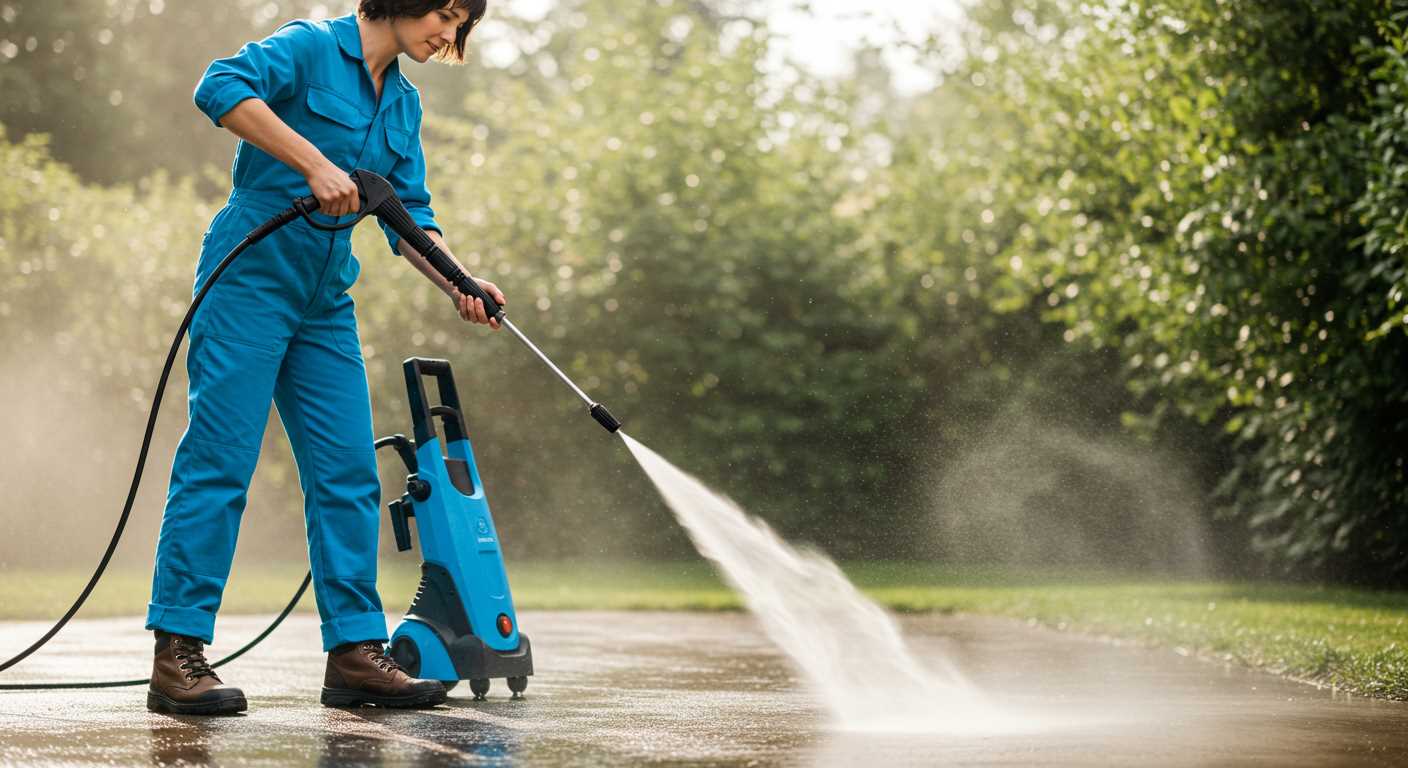
Efficient water use is achievable with compact cleaning units. These models consume significantly less water compared to conventional methods, ensuring conservation while still delivering effective cleaning. For instance, many units operate using only 1.5 to 2 gallons per minute (GPM), a stark contrast to traditional hoses that often exceed 5 GPM.
Water Conservation Practices
- Utilise a nozzle to focus the stream, minimising wastage.
- Opt for settings designed for specific tasks, as they adjust the flow rate accordingly.
- Conduct cleaning during less windy conditions to reduce spray loss.
Energy efficiency is another area of consideration. Many devices are designed with electric motors, which tend to use less energy compared to gas-powered alternatives. Typical power consumption ranges between 1300 to 1800 watts, making these units suitable for eco-conscious consumers.
Energy-Saving Tips
- Select models with integrated pressure regulators to optimise power use.
- Turn off the unit when not in direct use to prevent unnecessary energy consumption.
- Choose equipment constructed with energy-efficient materials, which can enhance overall performance.
Transitioning to a compact cleaning system aligns with sustainable practices, allowing households to embrace a more environmentally friendly approach to maintenance without sacrificing effectiveness.
Maintenance Requirements for Longevity
To maximise the lifespan of a compact cleaning device, regular upkeep is non-negotiable. Begin with the routine cleaning of filters after every use. Clogged filters not only diminish performance but also strain the motor over time. Replace them as per the manufacturer’s recommendations to maintain optimal functionality.
Check hoses and fittings for leaks or wear regularly. Any signs of damage should prompt immediate replacements to prevent further issues. Use only compatible replacement parts as specified in the user manual to ensure proper operation and longevity.
Annually, it’s wise to perform a more thorough inspection. This includes testing the seals and gaskets for any signs of degradation. If issues are found, replacing them promptly will protect internal components from damage and maintain pressure consistency.
Proper storage is equally critical. Store the equipment in a dry, sheltered place to avoid moisture accumulation, which can lead to rust and other forms of degradation. Keeping all accessories organised and stored with the main unit can also prevent loss and ensure readiness for the next cleaning task.
Lastly, adhering to seasonal maintenance checks, especially before peak usage months, can prevent unexpected failures. This includes ensuring the lubrication of moving parts is adequate. Following these recommendations can significantly enhance the durability and reliability of the device over time.
Cost Analysis: Are They Worth the Investment?
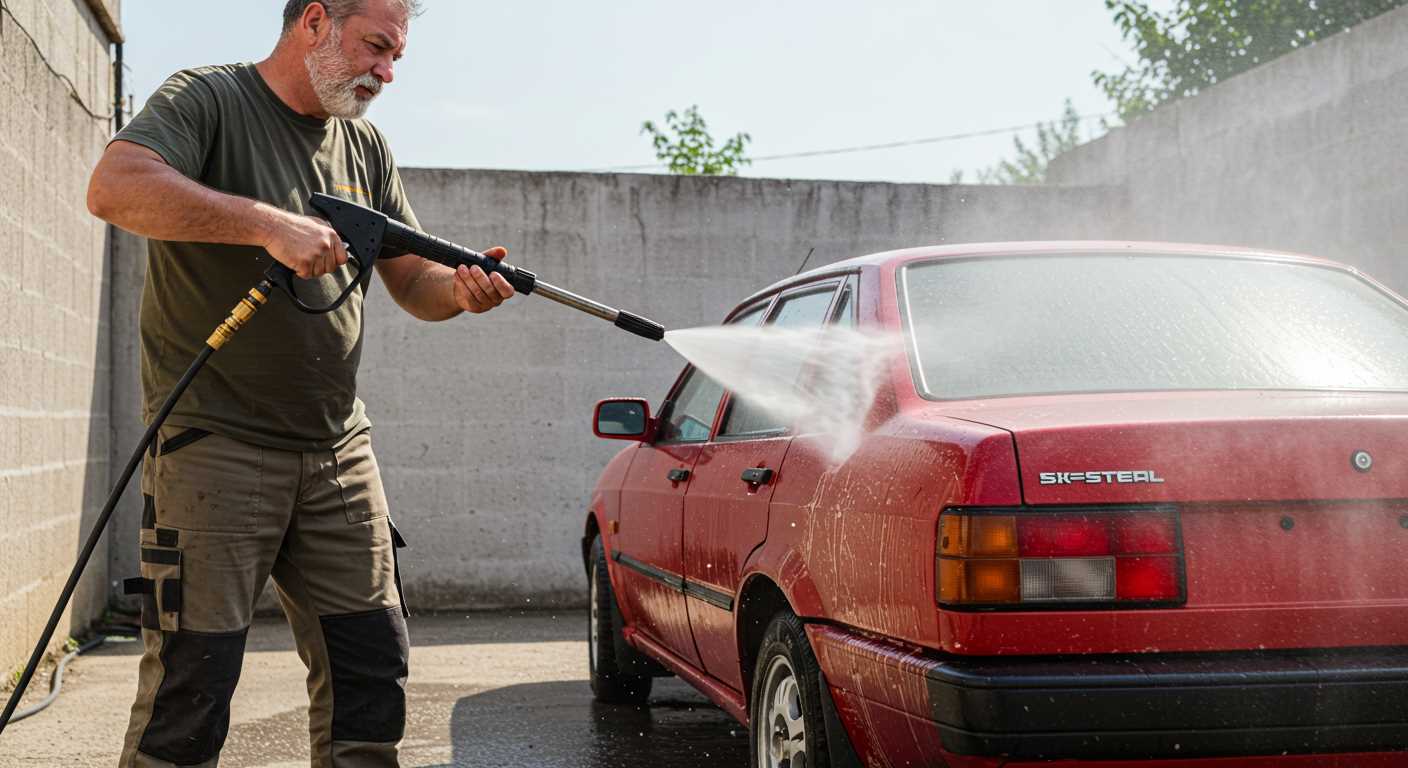
Investing in a compact cleaning unit can be justified if you assess the long-term savings and benefits. After examining various models and their functionalities, I’ve identified some key financial aspects to consider.
- Initial Purchase Price: Most compact units range from £100 to £300. Weigh the upfront cost against your cleaning needs. Frequent users will find the investment more economical over time.
- Operational Savings: These devices often reduce water usage significantly compared to traditional methods. Estimates suggest savings of up to 50% in water bills, which adds up over the years, especially for larger properties.
- Time Efficiency: The rapid cleaning power of these machines allows for quicker task completion. This time saved can translate into monetary savings, particularly if hired help is required for cleaning chores.
- Maintenance Costs: Regular upkeep is essential. Simple tasks like checking hoses and nozzles can prevent costly repairs. Annual maintenance expenses typically range from £20 to £50 if done independently.
- Versatility Factor: Cost savings emerge from the multifunctionality of these devices. From car cleaning to patio upkeep, their adaptability reduces the need for multiple cleaning products, which can add up in expenses.
Ultimately, if cleaning tasks are frequent and diverse, the investment is justified. Consider your individual needs, frequency of use, and potential savings to make an informed decision.
FAQ:
Are portable pressure washers suitable for cleaning cars?
Yes, portable pressure washers can be very effective for cleaning cars. They typically come with adjustable pressure settings, allowing you to use gentler pressure to avoid damaging the vehicle’s paintwork. Moreover, many models have specific attachments, like foam cannons, which help apply soap evenly for a thorough wash. However, it is important to be cautious and maintain a safe distance from the car’s surface to prevent any potential harm.
What are the advantages of using a portable pressure washer compared to a traditional hose?
Portable pressure washers offer several advantages over traditional hoses. Firstly, they provide a higher water pressure, which enables better cleaning results, especially for stubborn dirt and grime in outdoor spaces. Secondly, they consume less water compared to a hose, as they are designed to use water more efficiently. Additionally, they are often more versatile, with different nozzles and attachments that allow for various cleaning tasks, from patios to garden furniture.
How do I determine the right pressure washer for my needs?
To select the appropriate portable pressure washer, consider several factors. Firstly, assess the tasks you will undertake—if you need it primarily for light cleaning, a lower PSI (pounds per square inch) washer may suffice. If you plan on tackling tougher jobs like removing mildew or cleaning driveways, look for a model with higher pressure ratings. Additionally, portability matters; choose a lightweight model with wheels if you need to move it around frequently. Lastly, check for included accessories to ensure you have what you need for various cleaning applications.
Can portable pressure washers be used for home cleaning tasks indoors?
Using portable pressure washers indoors is generally not recommended due to the high-pressure water spray and potential for water damage. They are specifically designed for outdoor use. If you need to clean indoors, consider using a less powerful cleaning method or a smaller, more adaptable device like a handheld cleaner. However, if you do decide to use a pressure washer indoors, make sure the area is well-ventilated and take precautions to protect surfaces from excessive water and debris.







